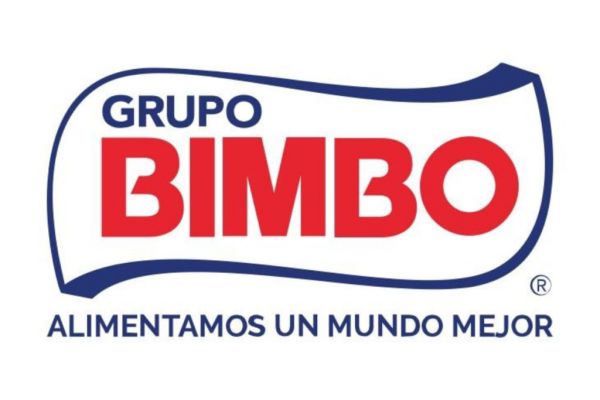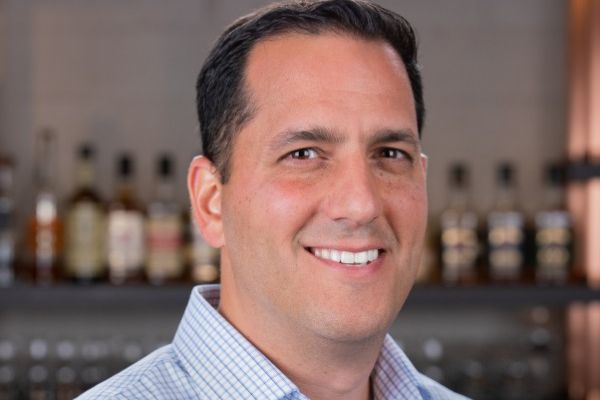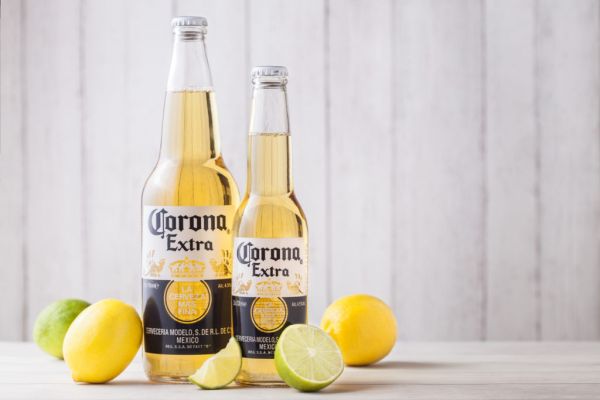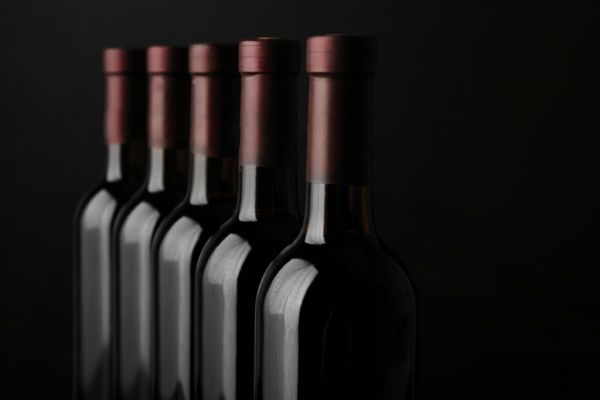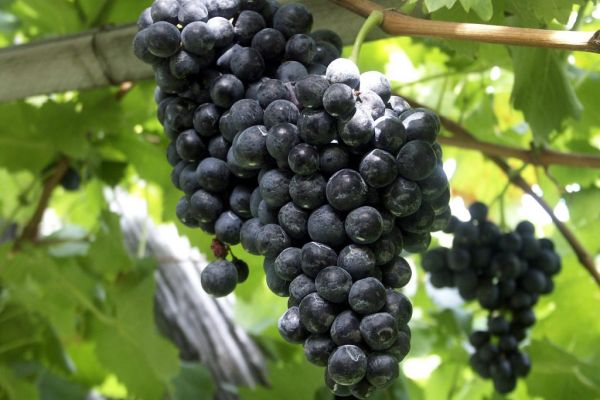In 2009, seven hot drinks brands generated annual global retail sales in excess of US$1 billion, compared with 53 in the soft drinks industry, according to newly released data from Euromonitor International. The comparatively low number of big value hot drinks brands reflects a strong regionalised market structure, but, argues Rob Walker, Senior FMCG Analyst at Euromonitor International, it is also indicative of a lack of portfolio depth that the major multinational companies would be wise to redress. Seven billionaire hot drinks brands accounted collectively for a modest 20% global market share last year. The industry was characterised by a plethora of brands with a participation of less than 1%. This is important because it shows the fundamentally regional complexion of the hot drinks industry, with only three companies – Nestlé, Unilever and Kraft Foods – realistically able to define themselves as truly global in reach. Perhaps more importantly, the data also reveals that the industry is highly sector- specific, with companies reluctant to stray beyond their comfort zones. This is a major distinction from the soft drinks industry, in which there has been significant colonisation of sectors and categories by leading multinationals, especially over the past decade. The lack of portfolio depth in hot drinks has become more evident since the onset of the worst global economic crisis since World War II. For example, leading players have been slow to introduce second-tier versions of premium brands, weakening trade down options at a time when consumer spending is squeezed. Lack of diversity across sectors and weak investment in key emerging regions has also narrowed the spread of risk. Of the hot drinks industry’s seven billionaire brands, only Folgers managed growth in 2009, fuelled by new ownership. The hot drinks industry has, arguably, been over-complacent for too long despite clear signs that portfolio diversity was becoming more important. Over the past decade there has been a sharp upturn in the amount of choice on offer to consumers in other beverage arenas, characterised by a new generation of drinks such as RTD tea, RTD coffee and functional beverages. This has been linked to a rapidly expanding modern retail sector, which has launched brand diversity on a wider cross-section of the population, particularly in key emerging markets. As a result, consumer expectations of choice have been sharpened. Like it or not, the hot drinks industry is, therefore, part of a new, increasingly competitive multi-dimensional global beverage arena in which share of throat is the key measure of market performance. Gone are the days when a brand of tea or coffee can measure itself purely in terms of category participation. All commercial beverages, hot and soft, are now competing for our daily expenditure and, as economic woes have surged, so cross-sector competition has become more acute. Nescafé is, by some way, the biggest hot drinks brand in the world, fuelling over three times the sales value of nearest rival Lipton. Globally, Nescafé holds a retail value market share of just under 10%, while Lipton’s share stands at around 3%. This compares favourably with the top two players in the soft drinks industry, namely Coke and Pepsi, which accounted for 9% and 3.6% of global retail value, respectively, in 2009, according to Euromonitor International. The difference between frontrunners in the hot and soft drinks industries is that global brand owners Coca-Cola and PepsiCo have each dipped their toes into an increasingly wide range of different categories. As a result, the two companies can boast a total of 25 billion dollar brands between them (13 for Coke, 12 for Pepsi in 2009). In hot drinks, the portfolios of Nestlé and Unilever are far more top heavy, with each player representing only one brand with a billion dollar profile. In fact, Kraft Foods – through Maxwell House and Jacobs – is currently the only company holding more than one billion dollar brand in its hot drinks portfolio. Nestlé’s Nespresso, eighth in the global rankings, is closing in on billionaire status, but its membership has been deferred due to downward pressure on premium brands as spending power tightened. Over the medium term, Nestlé is forecast to bring three more brands into the Billionaires Club, namely the flavoured powder drinks Nesquik and Milo, as well as Nespresso. This will raise the stakes for Unilever as well as a cluster of other international players, notably ABF and Sara Lee, and should act as a springboard to strengthening their own hot drinks portfolios. Each of those companies needs to look at satisfying a wider range of consumer choices in a broader range of regions around the world. ABF’s Twinings has made moves in the right direction, introducing Everyday Tea in the UK market as a standard black tea subbrand. And in Australia, the company launched Simply Tea, which achieved a 5% category share in its first year. Importantly, Twinings Simply Tea did not appear to cannibalise sales of its black speciality tea, but rather generated an additional US$7 million for the Twinings brand in 2009. Twinings has also made tentative inroads into the UK’s fresh coffee category, generating a 4% share according to Euromonitor International. So far so good, but Twinings ought to go further, leveraging its brand equity for a bigger global rollout of standard tea as well as coffee. In particular, Twinings should be looking at upping its game in Asia-Pacific, where it is weak compared to Lipton. For Lipton, the branding and international distribution strength that works so well for its portfolio of teas could work equally well for new products catering for different hot drinks categories and occasions. Unilever has already made a low- profile foray into the coffee sector in Asia, with Bru, and although off-trade sales were still shy of US$100 million in 2009, which represents little more than 2% of the company’s global hot drinks retail value, the brand should continue to be supported as a platform for value-enhancing consumption growing forward. The sector heritage of a company is very important and it can sometimes be damaging to stray too far from it. As the world has entered, however, an unprecedented period of economic meltdown, tougher times call for bold strategic decisions. With that in mind, the time is ripe for money-rich hot drinks companies to test the waters of less familiar sectors. For example, can Unilever and ABF develop a bigger foothold in coffee or flavoured powder drinks? The answer, surely, is yes, firstly because both sectors are important components of the hot drinks share of throat, of which Unilever and ABF comprise leading front-of-mind brands, and secondly, because there are strong distribution synergies with leaf tea. Crucially, as the soft drinks industry has learnt, it pays to invest not only in segmentation within familiar sectors, but also in the development of products that lie outside the comfort zone. It goes without saying that when times are hard big-scale companies have a huge advantage over smaller rivals. In fact, if big companies are not growing market share during periods of macro-economic instability, then at best they are missing an opportunity, at worst they are doing something radically wrong strategically. Quite simply, hot drinks players need to look long and hard at their regional strategic positions and be less risk averse. The right type of investment now is likely to offer highly attractive returns into the medium and long term. Rob Walker, Senior FMCG Analyst at Euromonitor International
Advertisement
Advertisement
Recommended Reading
Grocery and FMCG news direct to your inbox
Get the free weekly newsletter read by leading industry executives
Partner Content
Diebold Nixdorf Rolls Out New AI-Powered Offering To Combat Shrink In Retail
By Diebold Nixdorf
Canadian Lobster: The Perfect Protein For The Conscious Consumer
By Lobster Council of Canada
Advertisement



